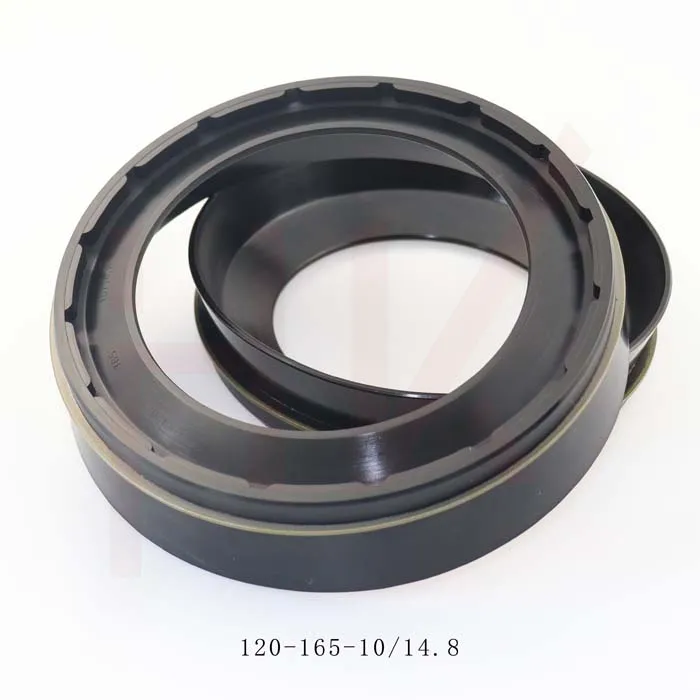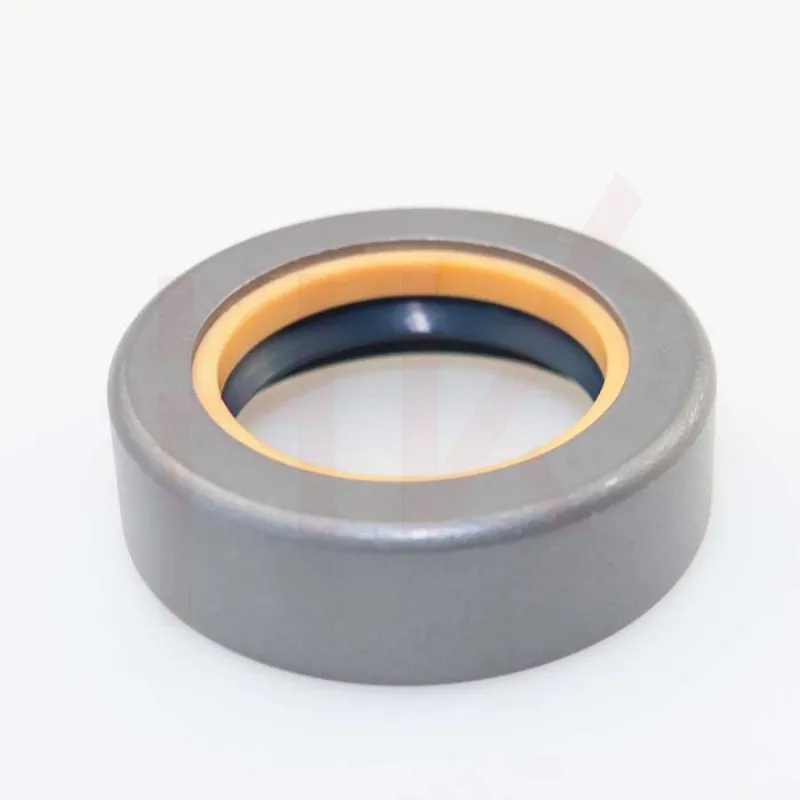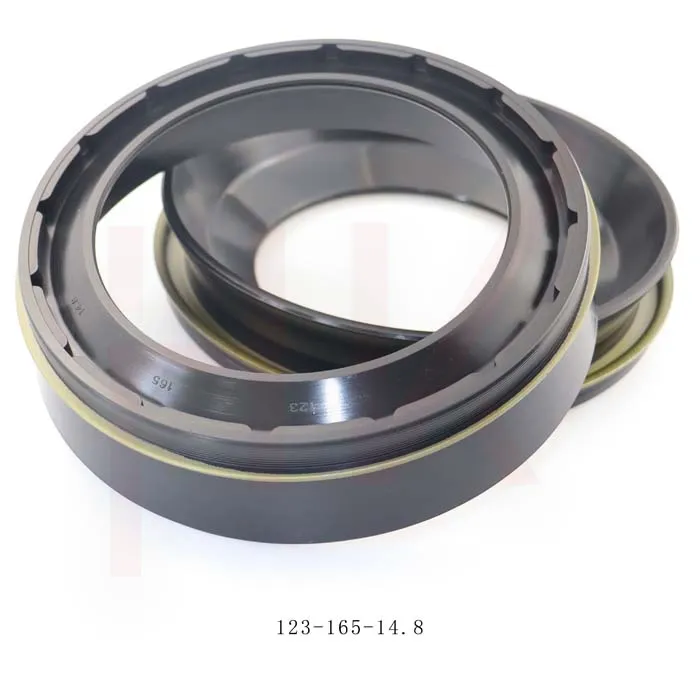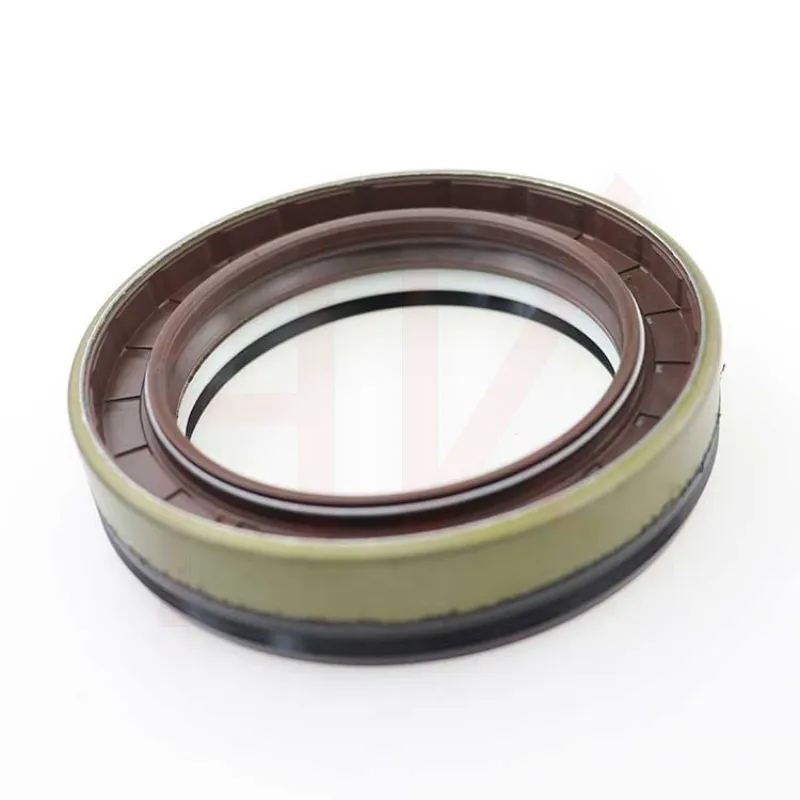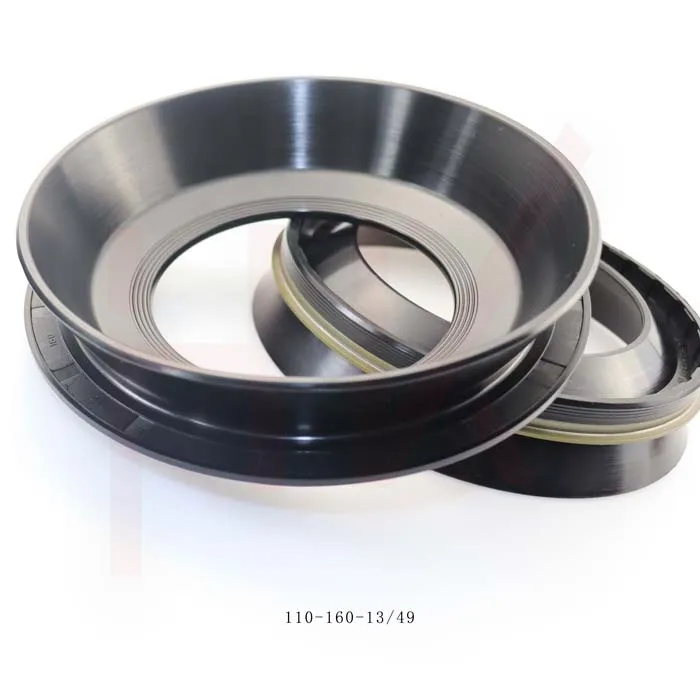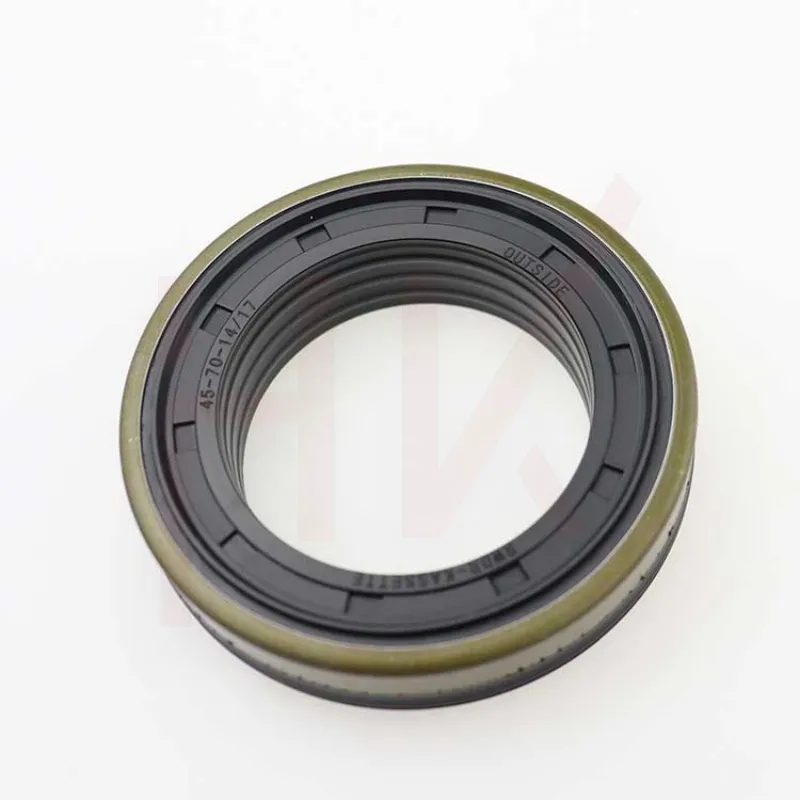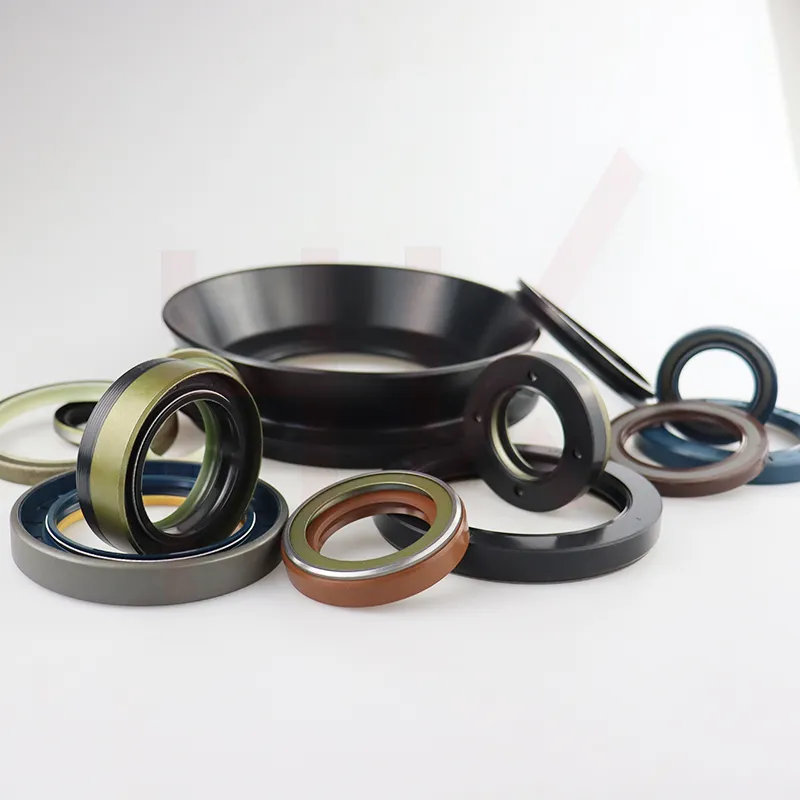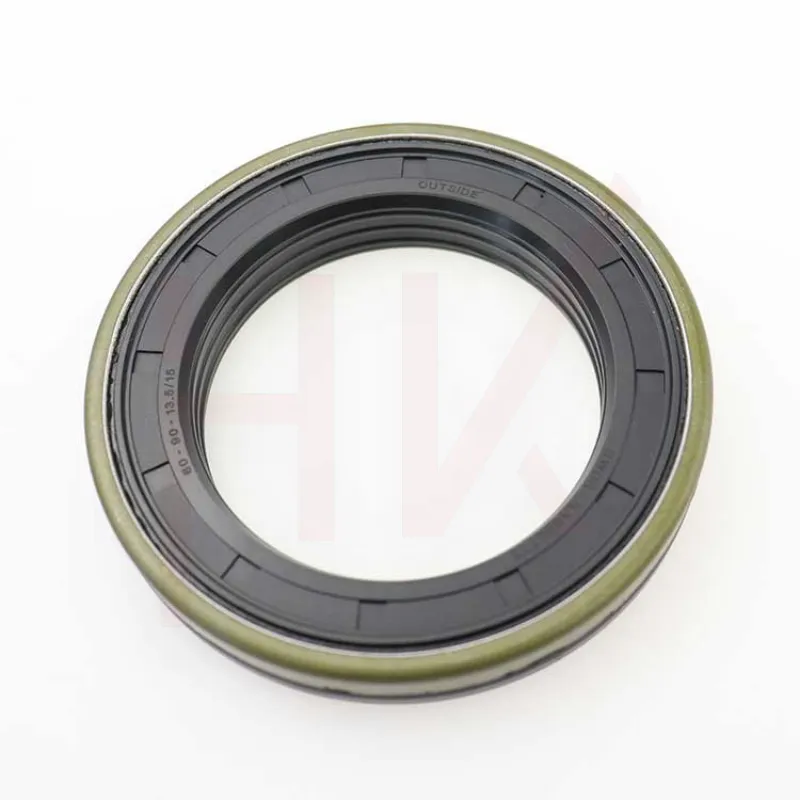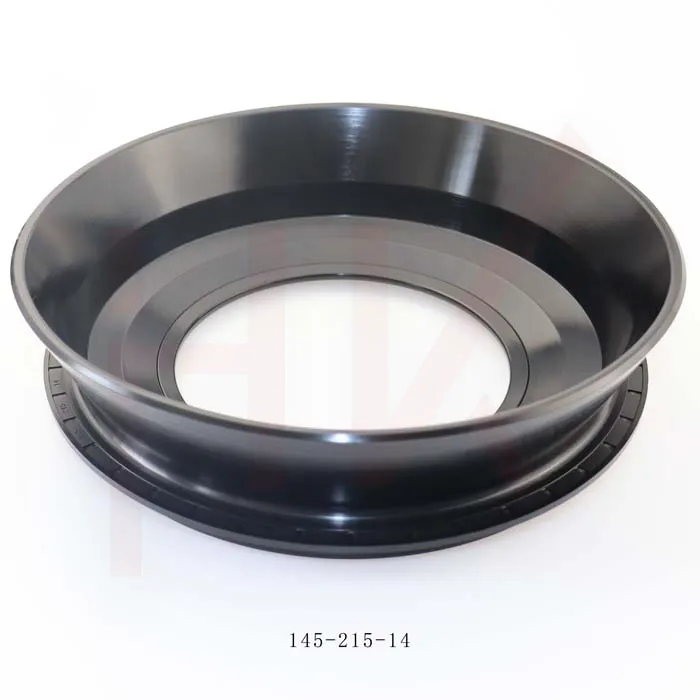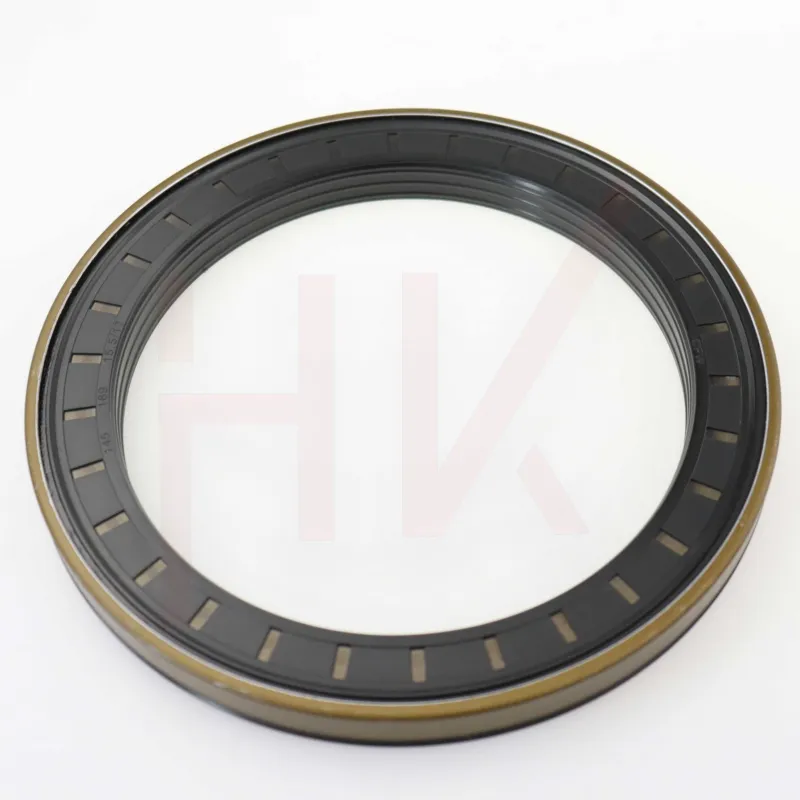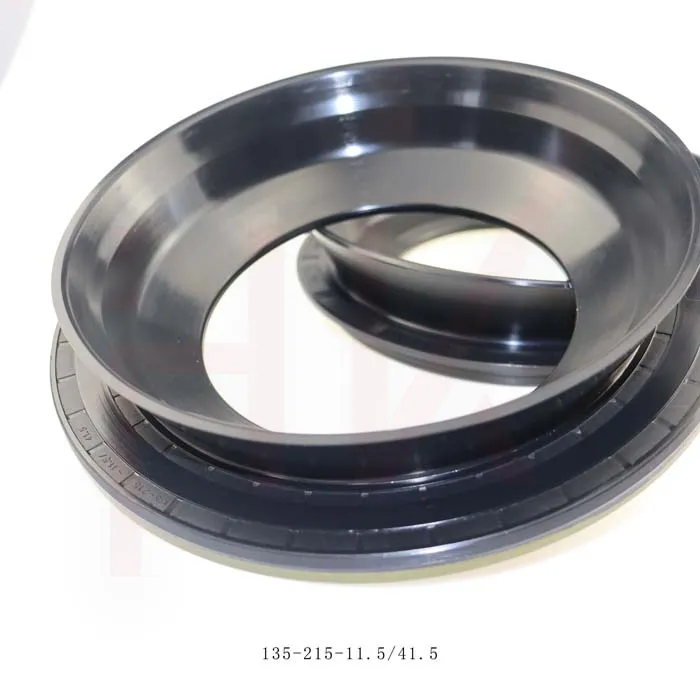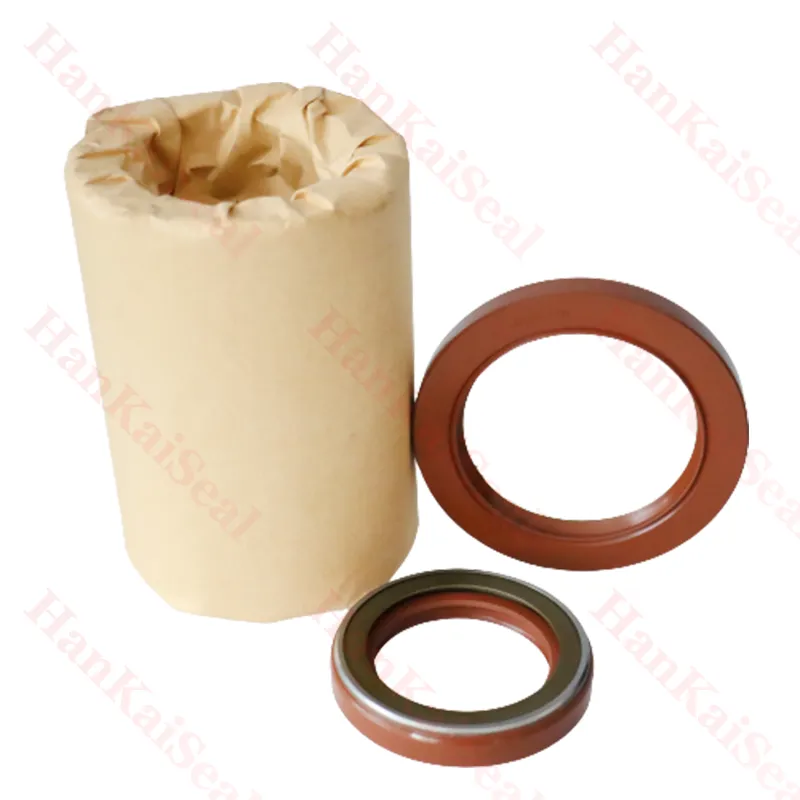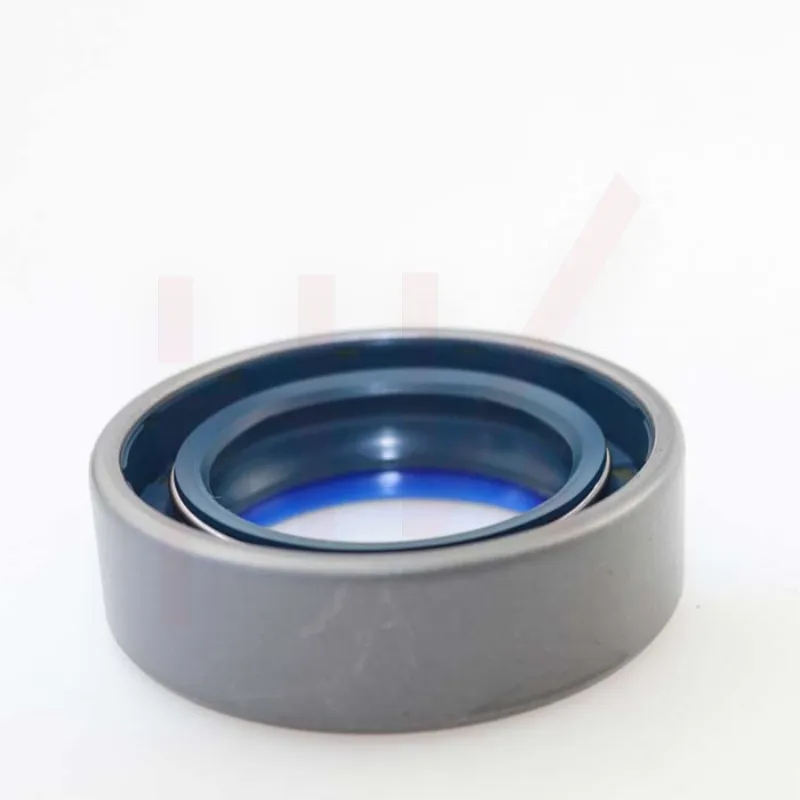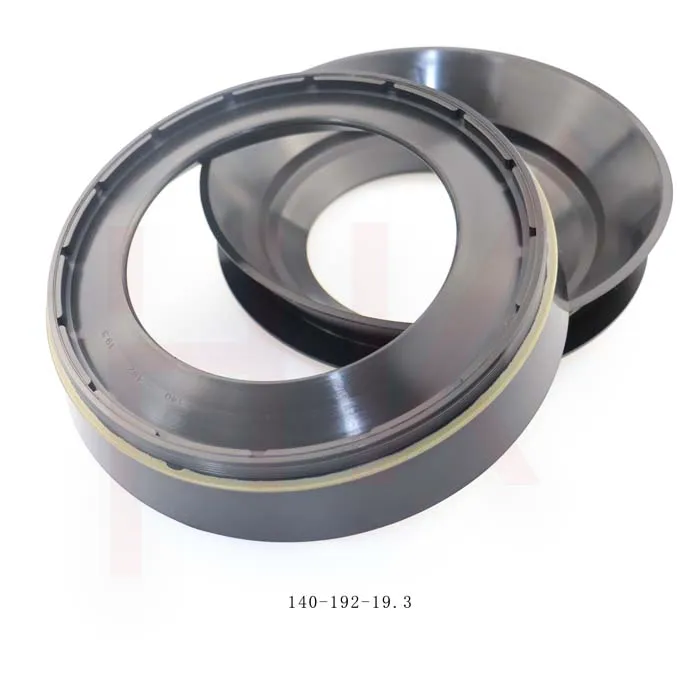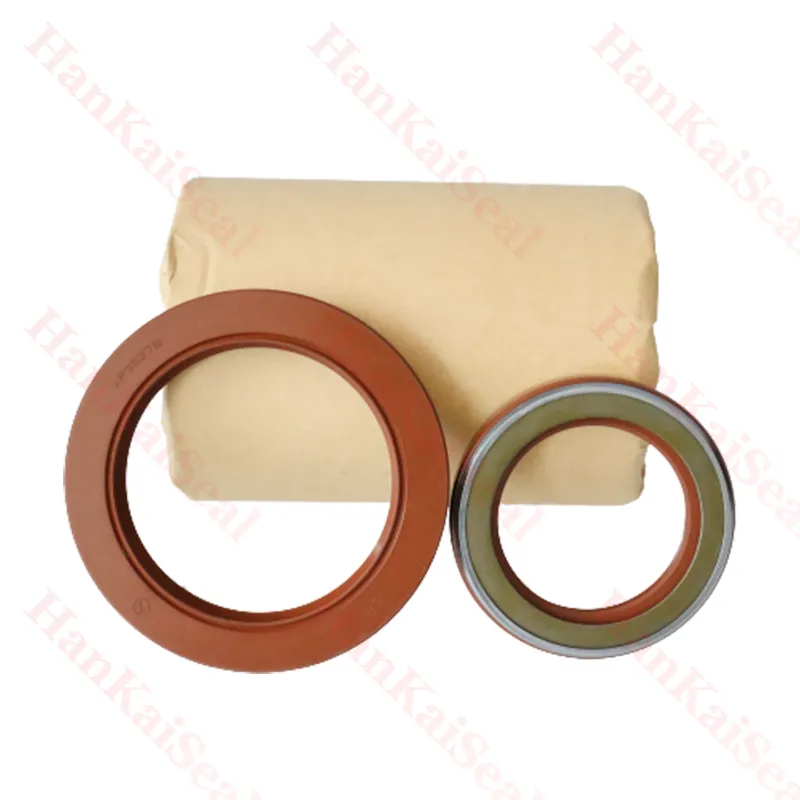Sep . 06, 2024 10:38 Back to list
Piston Wiper Seal - High-Performance Sealing Solutions
Understanding Piston Wiper Seals An Essential Component in Hydraulic Systems
Piston wiper seals, often referred to as scraper seals, play a crucial role in the efficiency and longevity of hydraulic systems. These seals are designed to prevent dirt, dust, and other contaminants from entering the hydraulic cylinder while also keeping the hydraulic fluid within. Understanding their structure, function, and maintenance can help engineers and equipment operators ensure optimal performance and minimize wear and tear on hydraulic components.
Structure and Function
A piston wiper seal is typically made from durable materials such as polyurethane or rubber, designed to withstand the harsh environments often encountered in hydraulic applications. The seal is mounted on the outer edge of the piston and is structured to wipe the rod as it moves in and out of the cylinder. This wiping action effectively removes contaminants, preventing them from being drawn back into the hydraulic chamber, where they could damage sensitive components like the piston, cylinder walls, and other seals.
In addition to contamination control, piston wiper seals also play a role in maintaining the efficiency of hydraulic systems. By ensuring a proper seal, they help retain hydraulic fluid and prevent cavitation or hydraulic fluid loss, both of which can lead to decreased system performance and increased energy consumption.
Importance of Piston Wiper Seals
The importance of piston wiper seals cannot be overstated. In hydraulic machinery, where high pressures and varying temperatures are prevalent, the integrity of the wiper seal directly impacts the overall efficiency of the system. Contaminated hydraulic fluid can lead to increased wear, resulting in costly repairs and downtime. Equipments such as excavators, forklifts, and injection molding machines depend heavily on hydraulic systems, making functional wiper seals essential for operational reliability.
piston wiper seal
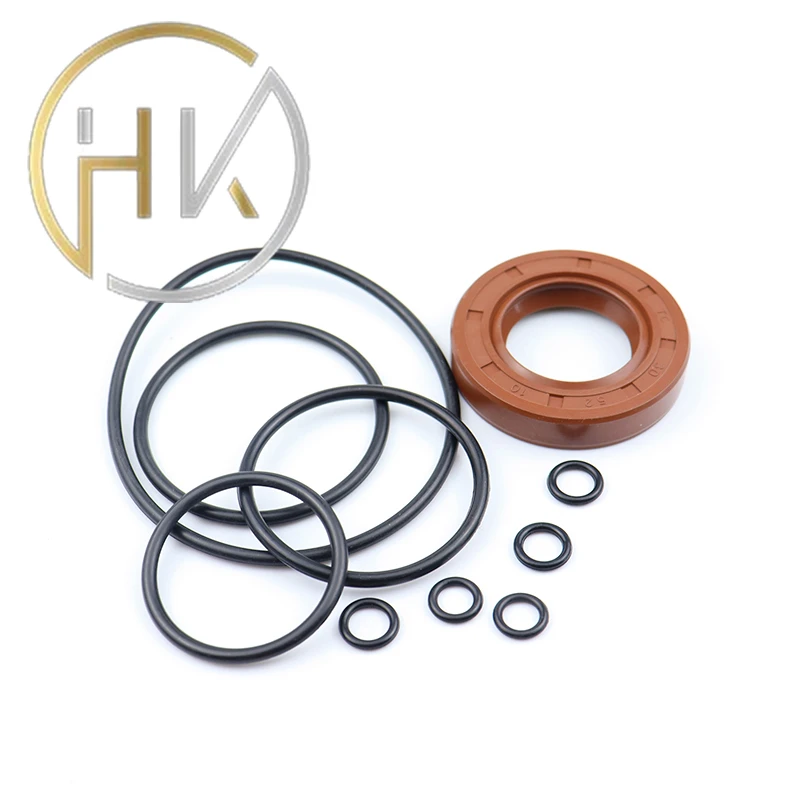
Moreover, the application of piston wiper seals spans various industries, including construction, agriculture, manufacturing, and automotive. Each industry presents unique challenges, such as exposure to different temperatures and types of contaminants, necessitating a careful selection of wiper seal materials and designs.
Maintenance and Selection
To ensure the longevity of piston wiper seals, regular maintenance is essential. This includes inspecting seals for wear, ensuring they are correctly installed, and replacing them when necessary. Operators should also monitor environmental conditions and fluid cleanliness to mitigate contamination risks.
When selecting piston wiper seals, compatibility with the hydraulic fluid, operating pressure, and temperature conditions must be considered. Different materials have varying resistance to chemical breakdown, heat, and abrasion, influencing their performance in specific applications. Consulting manufacturers’ specifications and recommendations based on the system’s unique demands is crucial to optimizing seal selection.
Conclusion
In summary, piston wiper seals are a fundamental component of hydraulic systems that contribute significantly to their efficiency and durability. By performing their vital function of preventing contamination and maintaining fluid integrity, these seals help ensure dependable equipment operation across various industries. Understanding their importance and implementing proper maintenance strategies can lead to enhanced performance, lower operational costs, and increased lifespan of hydraulic machinery. Proper care for these seals represents not just a best practice but a critical aspect of hydraulic system management.
-
TCN Oil Seal Metal Ring Reinforcement for Heavy Machinery
NewsJul.25,2025
-
Rotary Lip Seal Spring-Loaded Design for High-Speed Applications
NewsJul.25,2025
-
Hydraulic Cylinder Seals Polyurethane Material for High-Impact Jobs
NewsJul.25,2025
-
High Pressure Oil Seal Polyurethane Coating Wear Resistance
NewsJul.25,2025
-
Dust Proof Seal Double Lip Design for Construction Equipment
NewsJul.25,2025
-
Hub Seal Polyurethane Wear Resistance in Agricultural Vehicles
NewsJul.25,2025
-
The Trans-formative Journey of Wheel Hub Oil Seals
NewsJun.06,2025
Products categories

